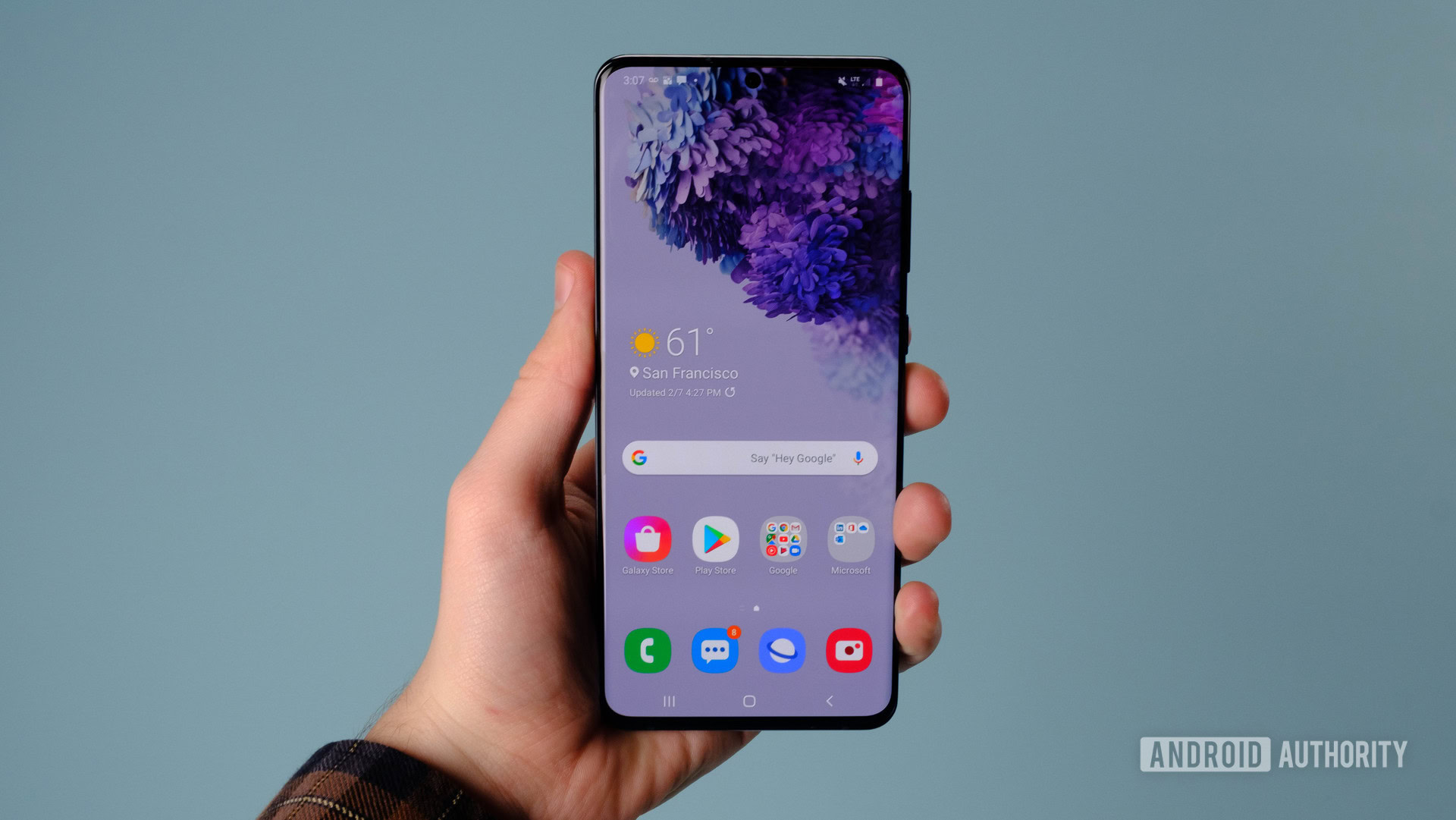Affiliate links on Android Authority may earn us a commission. Learn more.
Torture test: Samsung Galaxy S20 Ultra battery life at 120Hz vs 60Hz
Published onMarch 11, 2020
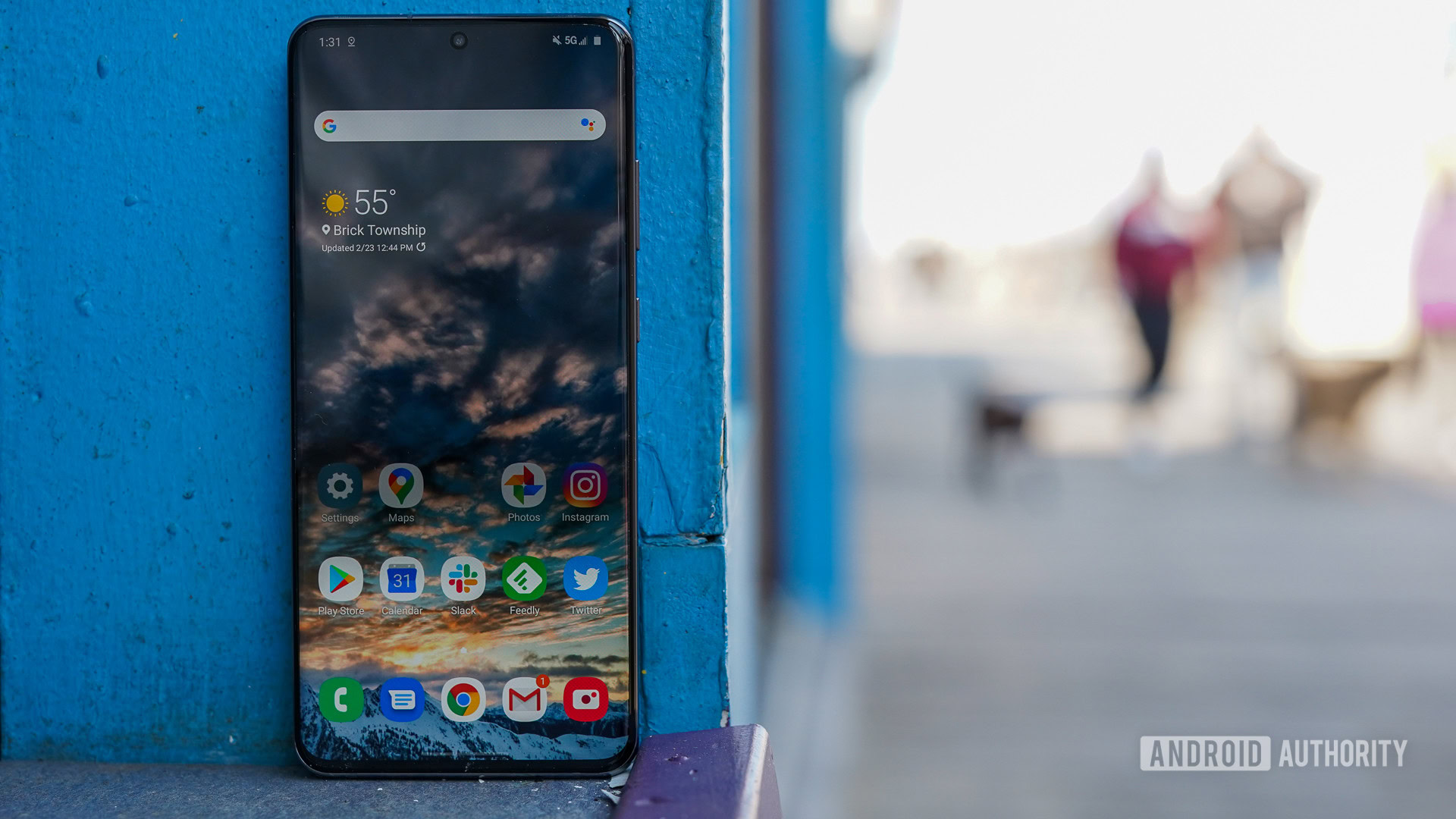
The rectangular slabs in our pockets aren’t worth much if the batteries are dead. Battery life is vital, and phones that deliver more than a day of uptime deserve praise. If your phone costs $1,400, you should expect the best, right? So, where does the pricey Samsung Galaxy S20 Ultra battery fall when it comes to longevity?
Read: Samsung Galaxy S20 Buyers Guide – Everything You Need to Know
Samsung made this a challenging question to answer. The phone may have a large 5,000mAh power cell tucked inside, but the screen is equally large and, more importantly, operates in three different modes: Full HD+ at 60Hz, Full HD+ at 120Hz, and Quad HD+ at 60Hz. We tested all three to deliver the final word on which mode delivers the best battery life.
Methodology
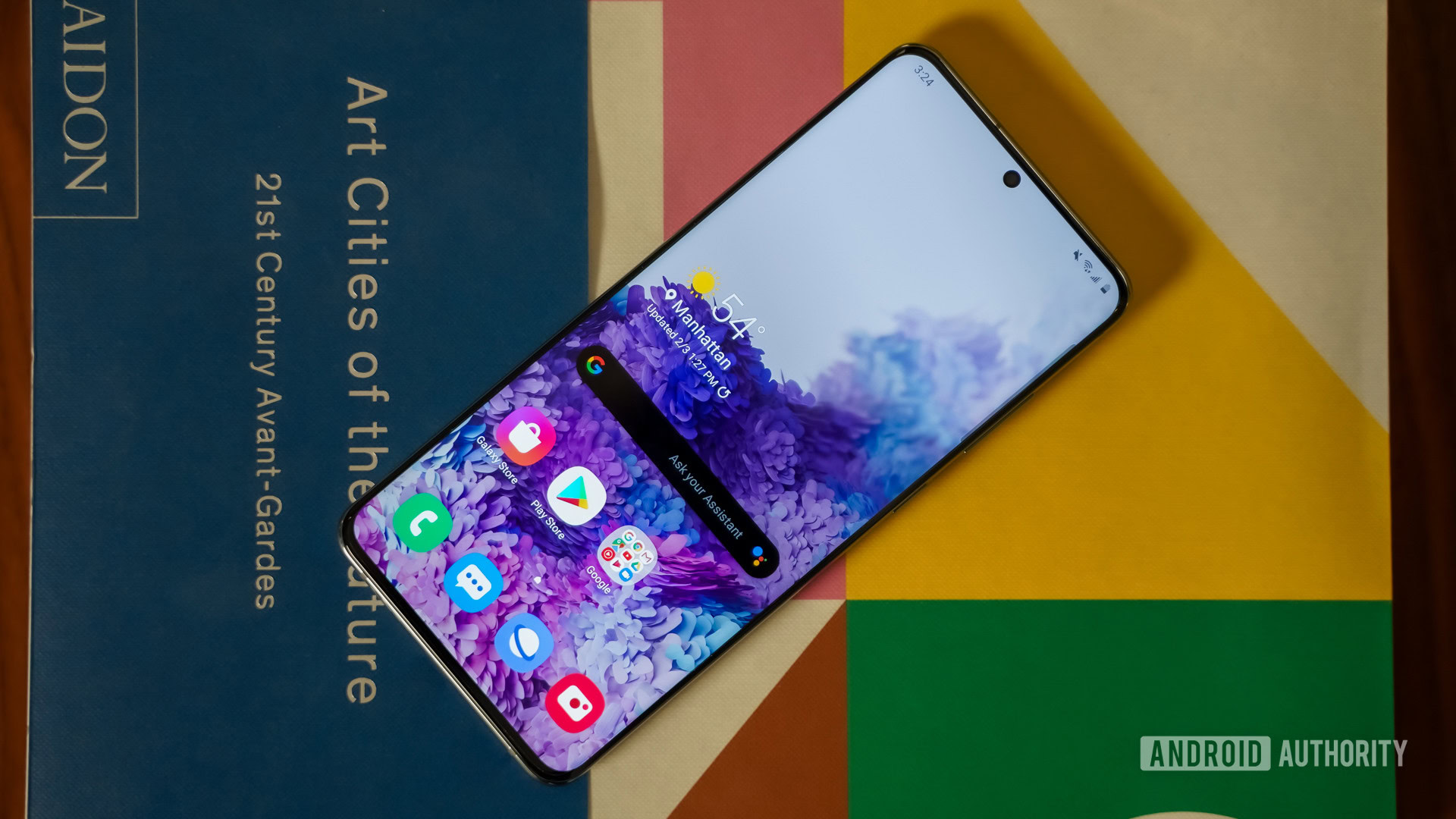
Android Authority has several different objective tests to determine battery life. Most often, we run three tests: a video loop, a web browsing loop, and a shorter mixed video/web loop until the phone dies. These provide a fair measure for what people can expect from average use.
But how does the battery perform under challenging conditions? Think gaming and other processor-intensive applications.
Our latest test is a killer. It combines Speed Test G, which runs the phone through a consecutive series of different processor trials, with a battery test. You can see what Speed Test G looks like in our trial run below.
It tests how the phone performs graphics rendering in the Unity and Unreal engines, as well as how it handles 16 thread calculations at the same time, blurring, SQLite and JSON calculations, sorting and compression, infinite scroll, and more. Speed Test G is tough on phones. Now, imagine running Speed Test G in a continuous loop until the phone’s battery dies. That’s what we did to the Samsung Galaxy S20 Ultra battery.
What this shows us is the approximate worst battery life you can expect from the phone.
Results
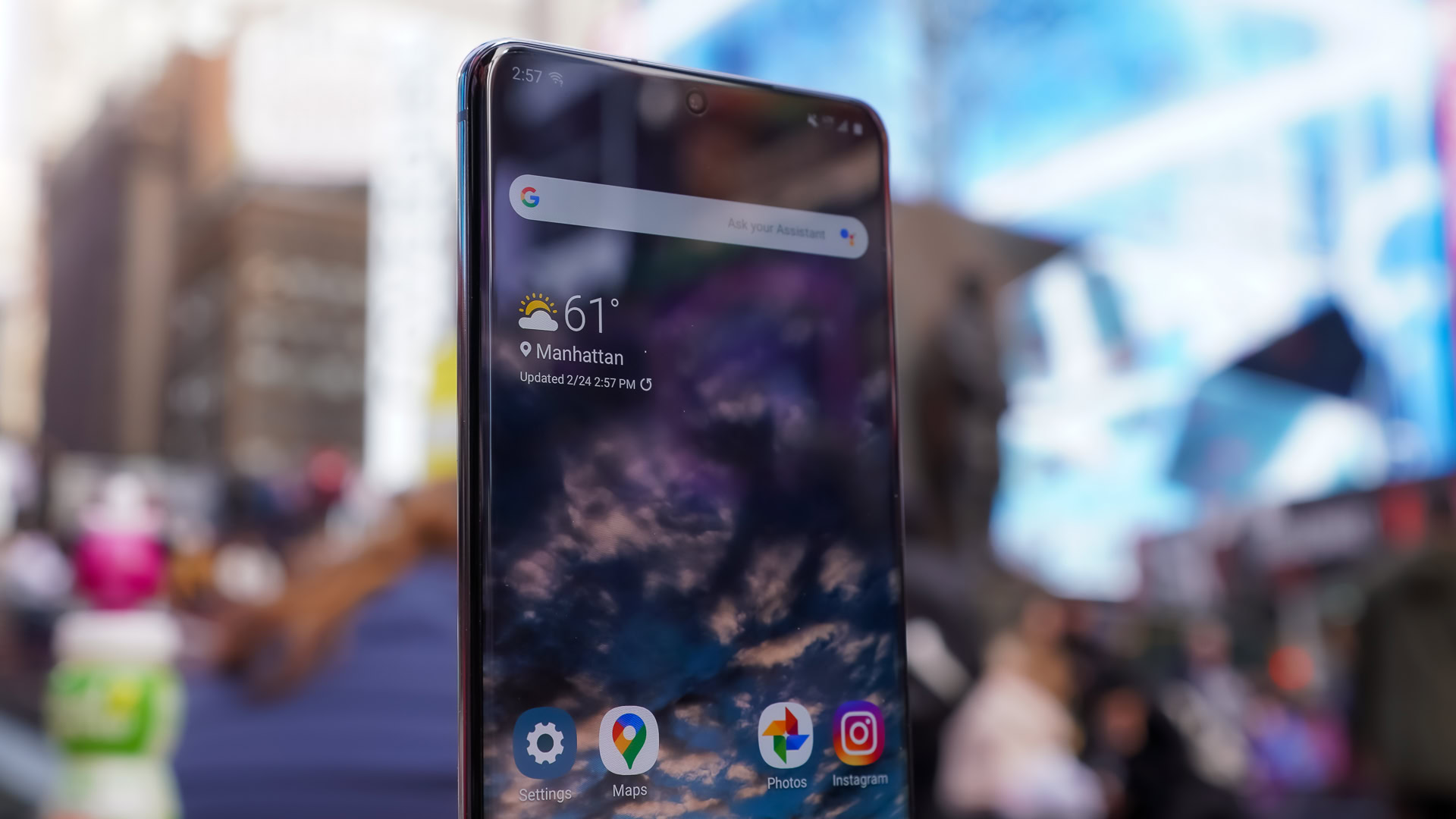
The S20 Ultra has a 6.9-inch screen that can be set to three basic display modes. Out of the box, the phone is set to Full HD+ with the refresh rate at 60Hz. This means the screen is refreshing 60 times per second. You can opt for a higher refresh rate, or Full HD+ at 120Hz. This doubles the number of times the screen refreshes each second. Naturally you’d expect that to impact battery life. Last, you can keep the refresh rate at 60Hz, but ramp up the resolution to the full Quad HD+. In this mode, the phone is lighting up 2 million more pixels than at Full HD+. Again, it should surprise no one that this might impact battery life.
We set the display brightness to 200 nits, which, in the case of the S20 Ultra, was at 58.9%. We test all batteries at 200 nits to provide comparable results.

The stock display setting provided the most uptime. The Galaxy S20 Ultra battery ran for 4 hours 58 minutes. Keep in mind, that’s running a continuous Speed Test G loop, or pushing the processor pretty hard while keeping the screen on.
Boosting the screen refresh rate to 120Hz took a noticeable toll on battery life. In this configuration, the Galaxy S20 Ultra battery ran for 4 hours 32 minutes. That’s a drop of about 9% when compared to the 60Hz setting.
Last, we tested the battery at Quad HD+. The Galaxy S20 Ultra battery life saw a drop to 4 hours 9 minutes. That’s a drop of 16.4% when compared to the Full HD+ setting.
Clearly, keeping the resolution and refresh rate in check will deliver the best battery life.
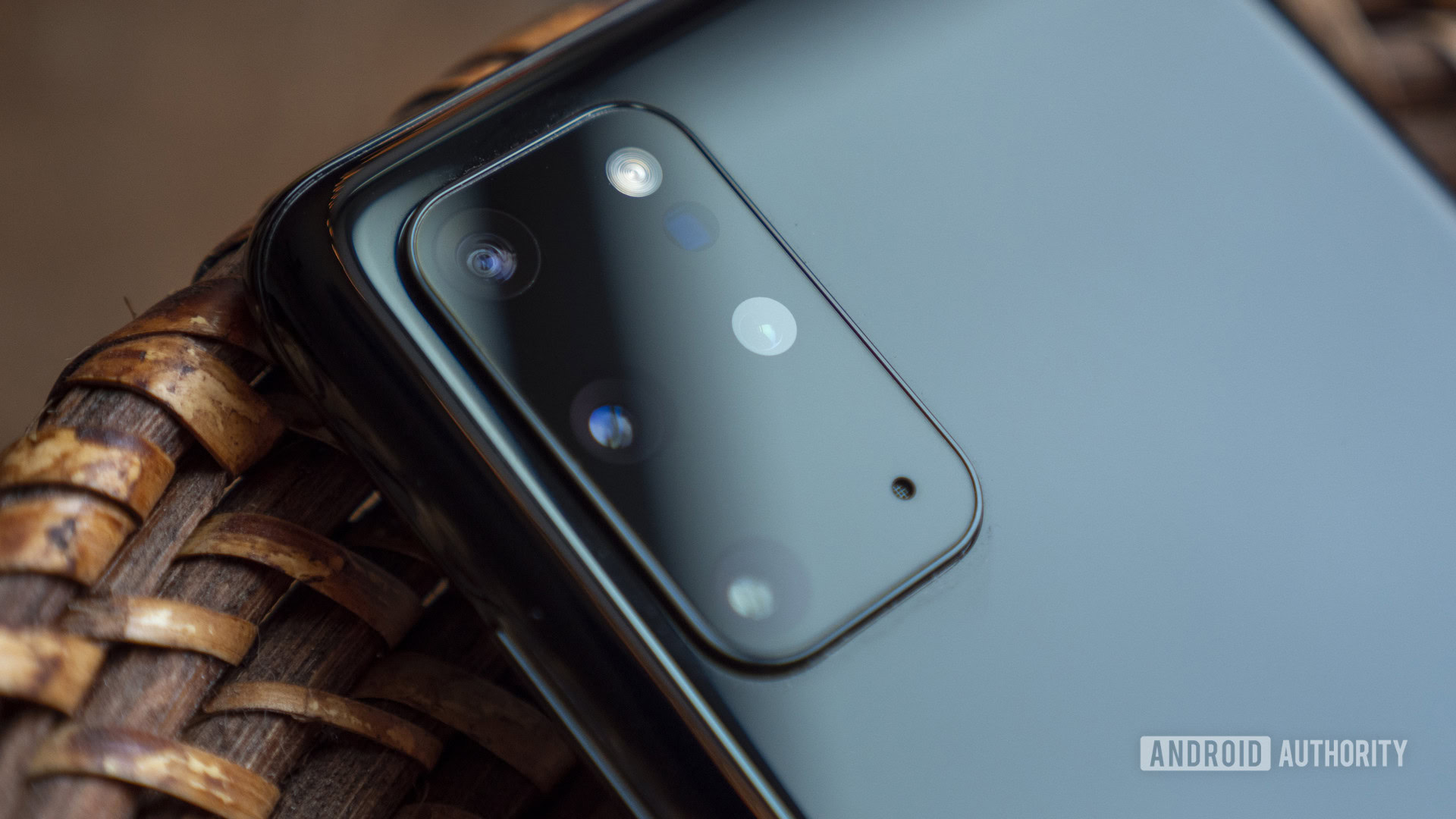
Speed
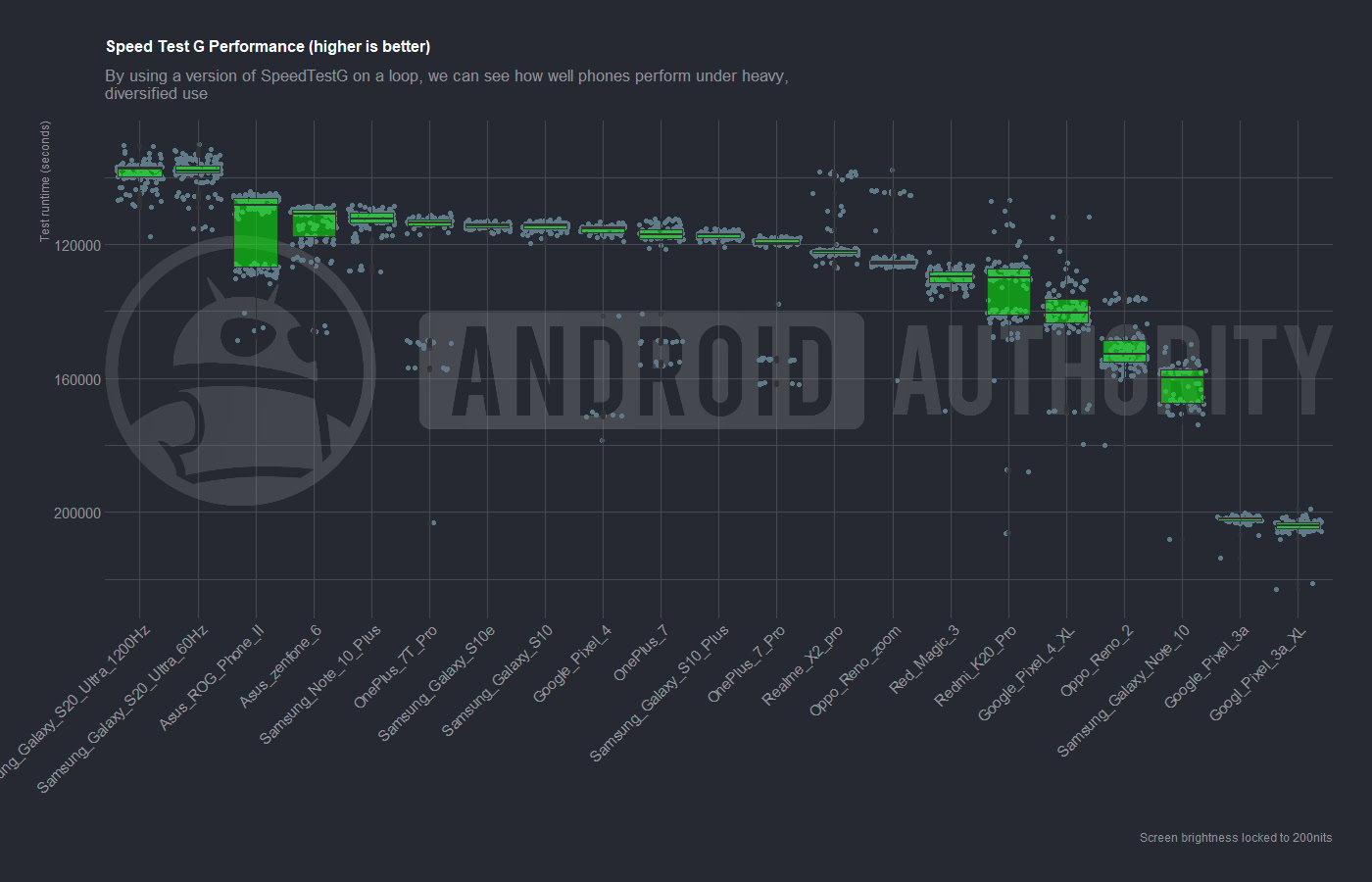
In addition to collecting battery life data, our test also shows us how the processor performs. If you’re curious to see how the Samsung Galaxy S20 Ultra processor compares to other recent flagships, we’ve got a nice little graph for you.
The majority of phones on this chart have a Qualcomm Snapdragon 855 processor under the hood. Only the Samsung Galaxy S20 Ultra has a Snapdragon 865. The performance boost of the 865 is clear, however, when pit against the field. The only phone that comes close is the ASUS ROG Phone 2, which has a supercharged 855 under the hood.
This is just a taste of our Galaxy S20 Ultra performance testing. We’ll have plenty more tests for you soon, including a much more in-depth performance test.
Thoughts? Musings? Feel free to add your comments below.
